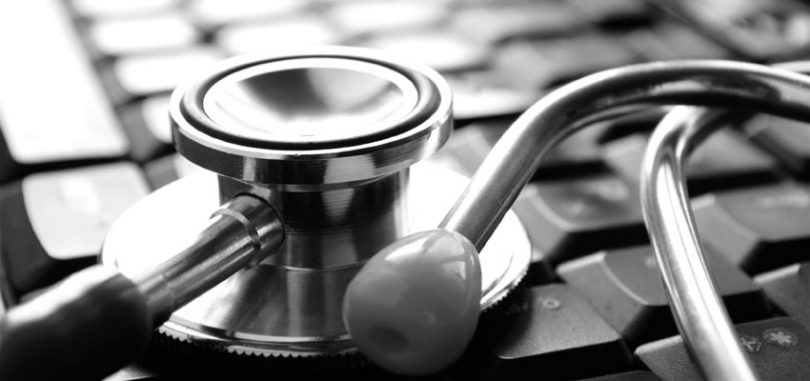Last week at the Blockchain Expo in London, a panel of health professionals discussed blockchain for the health sector. Many believe Electronic Medical Records (EMR) on the blockchain is one of the most compelling applications. It could save lives and preserve money for struggling healthcare systems. While the panel had exciting ideas, the takeaway was it would take a long time to change anything in major Western economies.
The problems
Karim Babay, CEO of telemedicine provider Healthsapiens stated that in the USA 70% of emergency room visits are unnecessary. The outpatient sessions are mainly because the patient can’t get an appointment with their regular healthcare professional. Each emergency room visit costs an average of $1500.
Dr. Sarvi Banisadr, a surgeon who worked at the NHS for 15 years, mentioned the estimated $200m in unnecessary tests done every year in the US.
The wastage is partly because of habits of requesting useless tests, but also because EMRs often are siloed and access to recent test results unavailable.
Jim Nasr, former CTO at the CDC, believes blockchain is a small part of the solution. The real issue is the lack of interoperability.
This point was echoed again by Anaesthetist Stewart Southey who also works with telemedicine provider MedicalChain. He complained that in the UK’s NHS there were problems accessing data from different departments within the same hospital, and hospitals within the same group.
Another theme that comes up across industries is regulation. “A lot of innovation that’s going to happen in the next 20 years is going to come from countries that have no established healthcare system at all, where there’s less regulation,” said HealthSapiens’ Babay.
Solutions
The expectation is for patients to have EMRs on a blockchain where they can control the privacy and the data is shareable between medical providers.
“The reason why places like Dubai and Estonia have been successful is because the government has taken on the initiative of issuing a digital identity. Once you have a digital identity it really changes your options, it changes your ability to use all kinds of technologies. In particular this idea of a master patient index,” said Nasr.
Estonia’s healthcare system uses a blockchain. 95% of health data is digitized, and 99% of prescriptions are digital.
Nasr also pointed to the small-scale adoption of some pilot blockchain products. He believes these need to be interoperable with other systems. And be more consumer friendly. The concept of private and public keys is not consumer technology. The technologist envisages the likely solution for health is a chip-based card. He is not optimistic about deep penetration in Western economies within a decade.
Novel approaches
“Privacy is becoming a big issue. As soon as patients hold their own records and are in control of their own data then it won’t be them trying to find the best deal on insurance, it will be the insurance companies competing with each other to try to get the attention of the patient. I think that’s where we need to go. We need to put patients first,” said Southey.
Banisadr noted that China had banned the export of medical records. She pointed to their value. “There’s going to be an uptake in looking at biological data as a source of a data tariff that generates revenue to feed the infrastructure of the healthcare industry. They all need to start looking at making it more cost-effective because it’s a broken system already. That innovation is very relevant.”
The surgeon acknowledged patients have a need for privacy and she believes it’s a matter of marrying this need with the technology in an appropriate way.
HealthSapiens’ Babay had one of the most novel ideas. To base payment on smart contracts, but specifically on the outcome of the treatment. At the moment you pay a doctor for his/her time, whether or not they resolve your medical problem. The doctor has no accountability.
Babay’s solution is to see a doctor, but the doctor gets paid for a portion or all of their time, plus a part of the money gets escrowed. If you’re happy with the outcome, you will release your escrowed amount. The verification has to work. You might have to seek a second or third opinion where the doctor reviews the consultation of the original doctor. If it’s positive, you release the escrowed amount to the original doctor and pay a fee to reviewers.
Conclusion
Accurate and up-to-date medical data, adequately shared, will save lives and money. Other than a few smaller economies like Estonia, the impression is that nothing is likely to happen quickly. There needs to be a strong driver. Perhaps in the US the insurers could get interested if the financial benefits are demonstrated.

